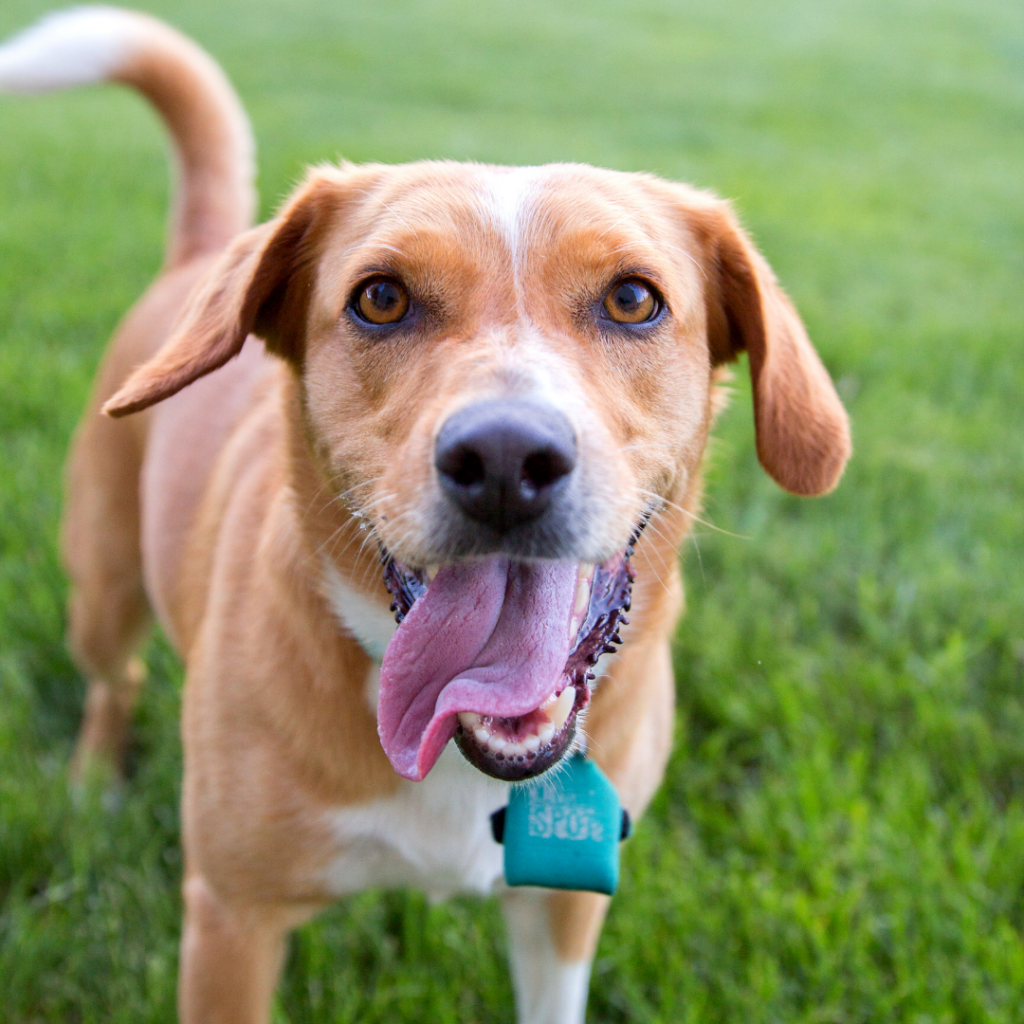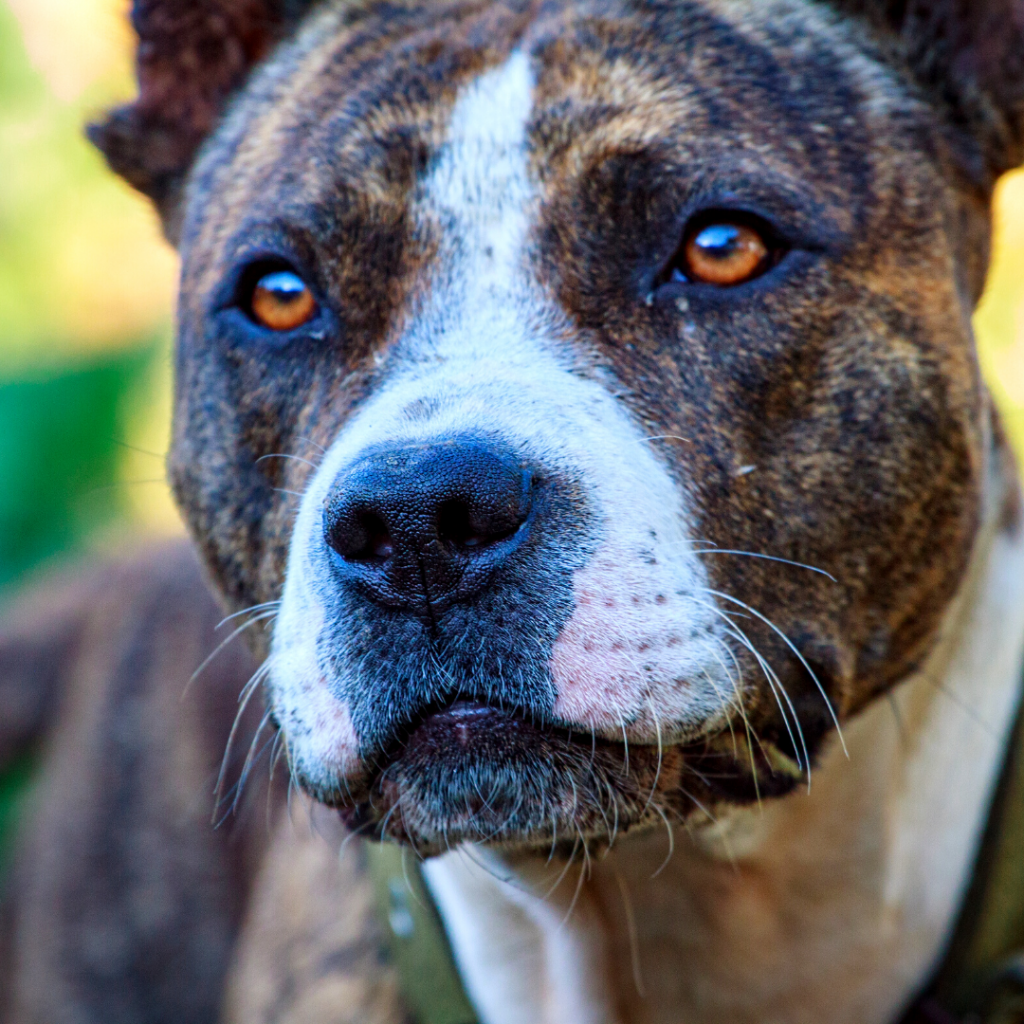Are you listening to your dog?
Whenever we have a conversation, it’s give and take. While one person is talking, the other is listening. Then, it’s time for one person to respond and the other to listen. We take turns. We listen. And ideas, emotions, dreams, and worries are shared.
Why is it, then, when working or living with dogs, we don’t expect them to be communicating back to us? Many times, the humans dominate the conversation, but fail to recognize the fact that our dogs are communicating back to us – just not in the way that we are used to.
Dogs use their bodies to convey their side of the conversation. They will nudge our hand asking to be pet. They will lift their paw when they are unsure of something.
How often do you stop and watch your dog for signs of stress or comfort? Do you give your dog a say in how you interact with them?
This information is important for every dog owner, however, it is especially important for households with dogs and kids.
In this 7 part series, we will be covering 7 signals to be on the lookout for when interacting or observing your dog. These signals are not signs of aggression however, if we don’t pay attention and support our dogs through situations that elicit these signals, there could be conflict. And remember, one of these signals should be a yellow flag, but if you see any of these signals either together or paired with a stiffened body, that’s considered a red flag, and immediate support is needed.
Closed Mouth
The first signal we are going to be covering is a closed mouth.
Picture your dog on a warm day.
They are panting after just having run around care-free in the backyard. You watch as they flop down onto their belly to catch their breath and when they look at you, your first impression is that they are happy.
Their mouth is open, tongue hanging out. Their lips are relaxed and overall, you just see…contentment.

Now imagine your dog in a situation that makes them a little uncomfortable (maybe the vet, maybe a child crawling toward them).
Is your dog’s mouth open now?
Most likely, its closed. And it may not just be closed, their lips may be tight with the corners of their mouth drawn forward or back.

Humans do the same thing. When we get tense, we close our mouths. Some people will grind their teeth or clench their jaws depending on the severity of the stress.
This behavior isn’t a conscious effort of the dog (or human) thinking to themselves, “I’m uncomfortable so I’ll close my mouth now”. This behavior is driven by the limbic system, the part of the brain that drives emotions, so it just happens. One moment their mouth may be open and the next they feel some tension so their mouth closes.

This body language signal is important to know. It can often be one of the first signs that our dog is either noticing something or feels some sort of stress.
There have been multiple occasions on walks where my dogs will be happily panting and trotting by my side until there is a change in the environment (a dog barks, a person steps into view). Then they close their mouth and maybe pause walking, until they feel comfortable again. Then they are back to panting and trotting along.
While the example with my dogs wouldn’t be a red flag to me, a dog who has a soft, open mouth while in the living room until a toddler starts walking over to him, would be a red flag. The change in environment (a child walking toward him) caused tension which then was expressed through the closing of his mouth.
If your dog’s body language changes any time a child is involved, pay extra attention. Our dogs should be allowed to subtly express discomfort and be heard.
In the case of a child walking toward a dog who then closes his mouth, I might redirect the child to something more appropriate than a dog calmly resting. The dog would never be punished for expressing a discomfort and by distracting the child from the dog. We are instead showing our dog that we will protect and support them through that interaction.
Keep an eye out for situations in which your dog abruptly closes his mouth. When does it happen? Does your dog recover quickly and go back to relaxing? Did you need to step in to support your dog?

Recent Comments